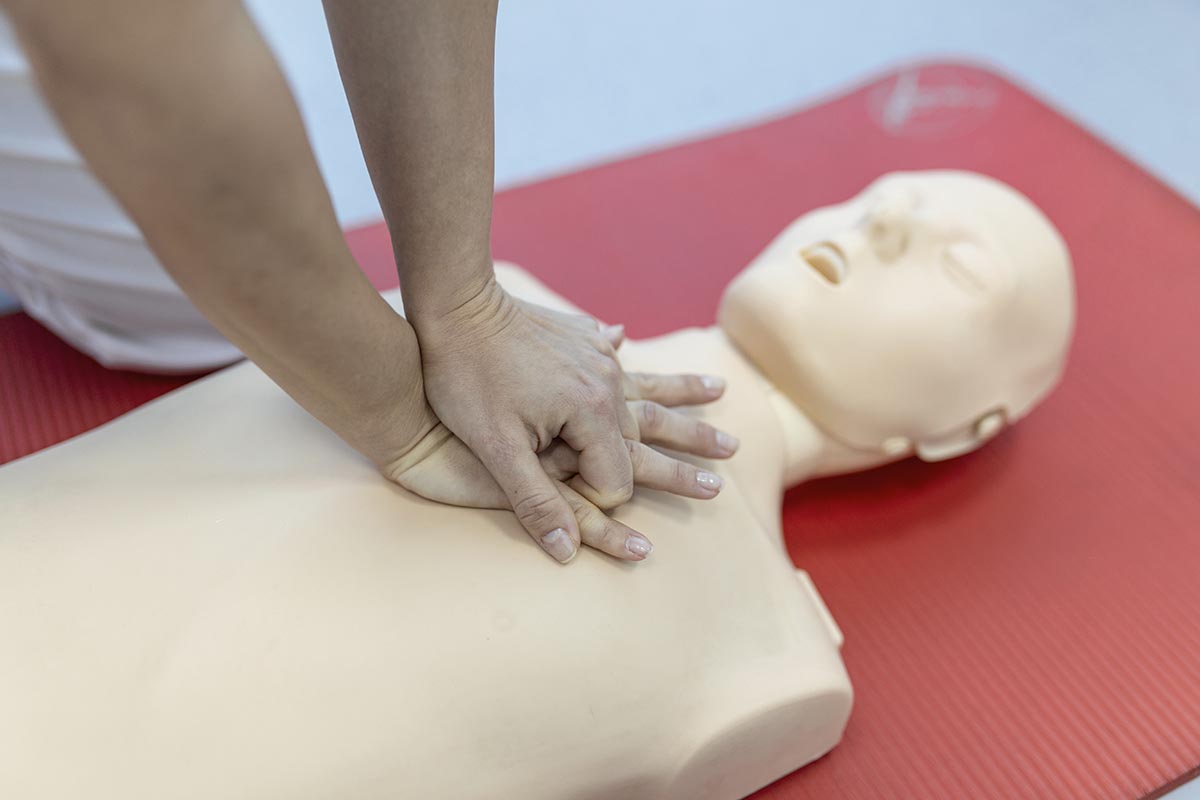What Is an Extracorporeal Cardiopulmonary Resuscitation?
Imagine you are in a room. Everyone is frantically trying to help a loved one in distress. They are performing chest compressions and rescue breathing, but they do not see any improvement.
This is a terrifying moment. But you suddenly remember what you learned about Extracorporeal Cardiopulmonary Resuscitation (ECPR). This special technique can help save the life of your beloved in peril.
Therefore, let us discover what ECPR is and how it assists in saving lives. Read on if you want to know what it is, how it works, and how it can benefit a patient.
What is Extracorporeal Cardiopulmonary Resuscitation?
If you are wondering what is an ECPR, it is an advanced medical technology used to treat cardiac arrest. It employs extracorporeal circulation to deliver oxygenated blood to the patient’s vital organs. It also uses cardiac massage to restore the heart’s normal rhythm.
You can use ECPR when all other forms of resuscitation have been unsuccessful. This helps to improve the patient’s chance of survival.
It involves the placement of a cannula in the femoral artery. Through which you remove blood is removed and passed through an artificial lung. After that, you infused it with oxygen and returned it to the femoral vein.
Simultaneously, you will place a cannula in the jugular vein. Through this, deoxygenated blood is removed and returned to the venous system.
Additionally, you can use a cardiopulmonary bypass pump to provide mechanical CPR in cases of asystole or bradycardia. An online CPR course will help you prepare better for an ECPR procedure. Obtaining practical skills and knowledge through training and practice will help you provide adequate care in emergencies.
Understanding the basics of ECPR is an important step in recognizing the potential of this medical technology to save lives.
What Are the Risks Associated?
Despite the potential benefits of ECPR, the procedure has associated risks. These include the potential for device malfunction, complications associated with using a device, and the possibility that the procedure’s benefits may be only temporary.
There is also some potential risk of infection due to the nature of the procedure. You can learn more about the ECPR guide through first-aid classes, which you can get through different organizations.
Proven Successes and Future Developments
You can use the procedure when conventional CPR attempts have failed. They have found ECPR to have numerous successes. This ranges from reviving patients in a clinically dead state to assisting in long-term survival.
Looking ahead, medical professionals are hoping to increase the efficacy of ECPR by improving the delivery of oxygen to the body. Newer techniques, such as partial ECPR and minimally invasive ECPR are also being developed. This expands the scope of what ECPR is capable of achieving.
Studies are increasingly suggesting that ECPR may be the preferred method of resuscitation for certain types of cardiac arrest. This makes the technique an even more viable option for saving lives.
Improving Overall Outcomes Through ECPR
Extracorporeal cardiopulmonary resuscitation has been proven to increase the chances of survival for victims of cardiac arrest. Many are using it successfully in a multitude of medical settings to bring patients back to life.
For those with access to this treatment, help is available. If you or someone you know is suffering from cardiac arrest, seek medical attention immediately! If you think this article is helpful, check out our other blogs!



















